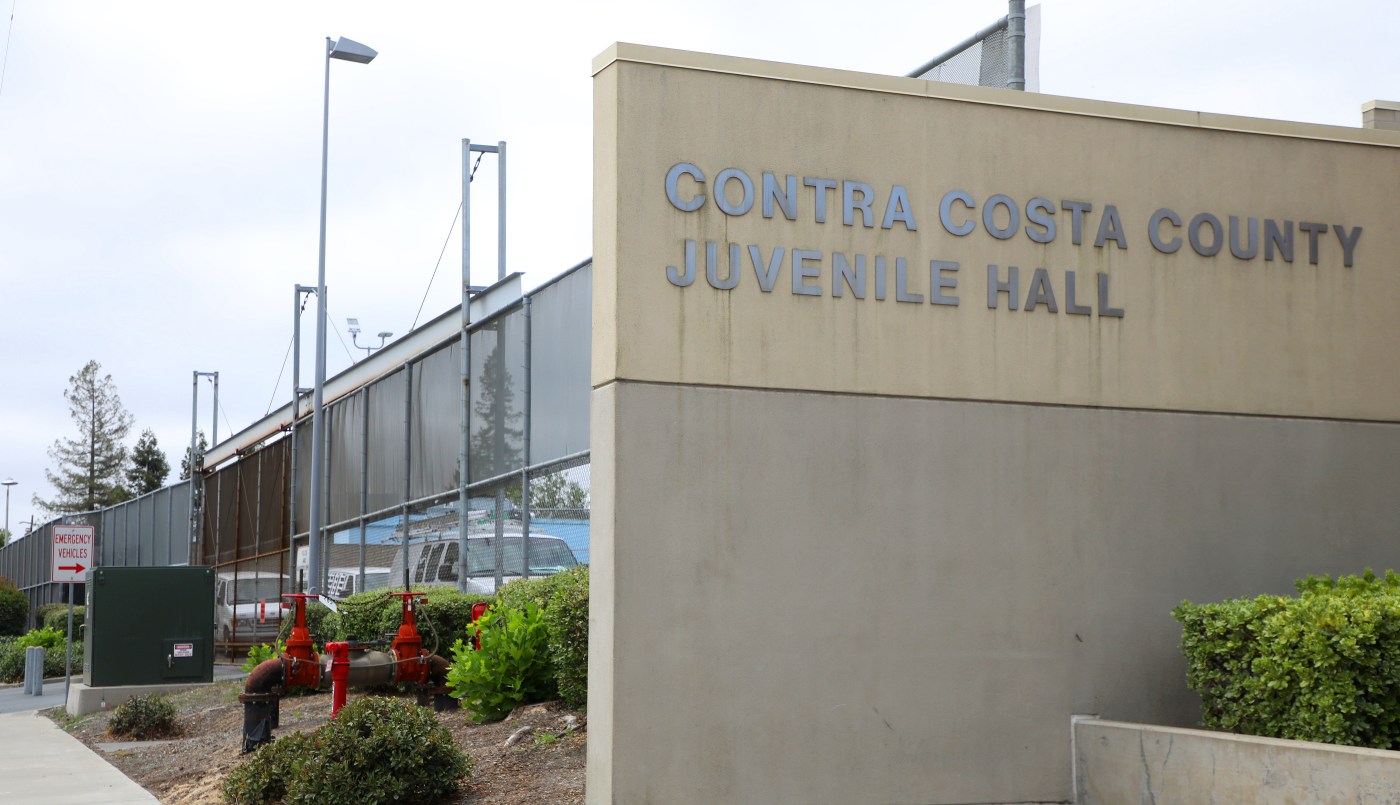
There was a time when young people would land in “juvee” for crimes as minor as shoplifting, marijuana use and fights on school grounds. That approach existed even when Tamara Gusman-Taylor, director of Martinez’s Juvenile Hall, started working in juvenile justice 18 years ago.
But times have changed.
“That’s not the juvenile halls of today — it’s not what you see in the movies or on TV,” Gusman-Taylor said. “We have young people that are the most serious felony offenders that we are trying to rehabilitate.”
Related Articles
Former NFL running back Doug Martin’s brain to be tested for CTE, authorities confirm
Three San Francisco teens arrested in Oakland carjacking, attempted carjacking
‘You need to leave, mom’: East Bay woman was attempting to warn her mother when stepdad allegedly killed her
Pair allegedly arranged for girl to take train to Oakland to be sold in sex market
‘It’s really tragic’: Details emerge after former NFL star Doug Martin’s death in Oakland police custody
That’s why Esa Ehmen-Krause, who was appointed Contra Costa County’s Chief Probation Officer in 2020, finds symbolism in the planned demolition of the county’s old juvenile hall — built in the 1950s and expanded in the 1970s to house hundreds of young offenders. Tearing down the building, she said, adds momentum to larger efforts to restructure juvenile services, creating paths out of facilities that were once designed to house youth for long periods of time.
“This project is a really good visual representation to the community – to our young people – of the county’s commitment,” Ehmen-Krause said Tuesday, answering the phone during a bidders conference meeting about the upcoming demolition. “We want to make sure that we are creating opportunities for our young people that are age appropriate and really programmatically robust.”
Asbestos, lead and mold have festered in the old juvenile hall since its occupants were moved to a new site two decades ago. After years of sitting vacant as a miscellaneous storage site — attracting break-ins, vandalism and theft — the county in planning its demolition. County supervisors approved plans to tear down the building at 202 Glacier Drive two years ago.
Bidding for the $6.2 million construction contract will begin in early December, and pre-bid meetings kicked off with a job site visit Tuesday.
Planners initially expected demolition of the 46,000-square-foot building to begin in 2024 and take about one year to complete.
There’s not yet a clear vision for the land once demolition, remediation and landscaping is complete. That’s because the county is still just beginning to form a vision around the long-term commitments it wants to make, Ehmen-Krause said, including the needs associated with services such as crisis residential treatment, adolescent behavioral health and foster care.
“The county can’t even begin to explore what they could put there without a better understanding of the buildable footprint,” Ehmen-Krause said.
In the near term, construction crews may install a play field or even minimal, drought-resistant landscaping to cover the abated land, she said. Her only requirement is a temporary solution that’s “not an eyesore – I just don’t want a big pile of dirt left there.”
Built in 2000, the John A. Davis Juvenile Hall which replaced the 1950s building is a 270-bed, maximum-security detention facility for youth offenders up to age 25 that includes a large kitchen, laundry area and has complete education and medical wings.
None of the roughly 70 youth currently in the county’s juvenile hall are low-level offenders, Gusman-Taylor said. The Department of Juvenile Justice’s 2020 closure led to a shift in capacity that now includes pre-adjudicated youth and young people that have been committed to a treatment program.
As longer stays have been neeed, Gusman-Taylor said, they’ve worked to increase educational and vocational opportunities, as well as other programming for mental, physical and behavioral health.
“We create an environment here where we are really trying to prepare these young people to re-enter society in the best version of themselves that they can be — beginning to open their eyes up to different possibilities and careers and passions,” Gusman-Taylor said. “The only way to do that is to provide them with stability.”
Supervisor John Gioia was previously open to exploring ways the county could wind down juvenile hall operations, joining more aggressive calls for closure from Contra Costa District Attorney Diana Becton, but he’s now more focused on ways to fund improvements to resources that Contra Costa County already owns.
The demolition “is not as big a story as what we want to do in the future with our existing juvenile hall,” Gioia said. “But this one definitely needs to be torn down.”